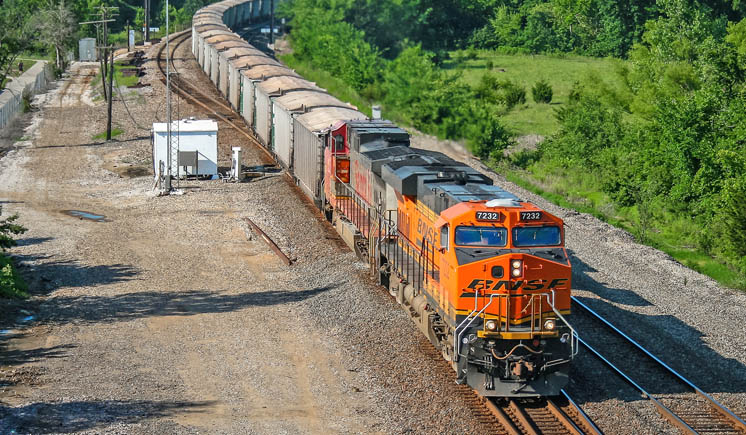
A Cargill unit feed train rolls through Shawnee, Kan., in June 2009. The train consists of covered bathtub gondolas pulled from coal service. Zach Pumphery Q While traveling near Atchison, Kan., I noticed a BNSF Railway train with covered bathtub coal gondolas. What were the covers for, and could they be removed should they be […]
Read More…
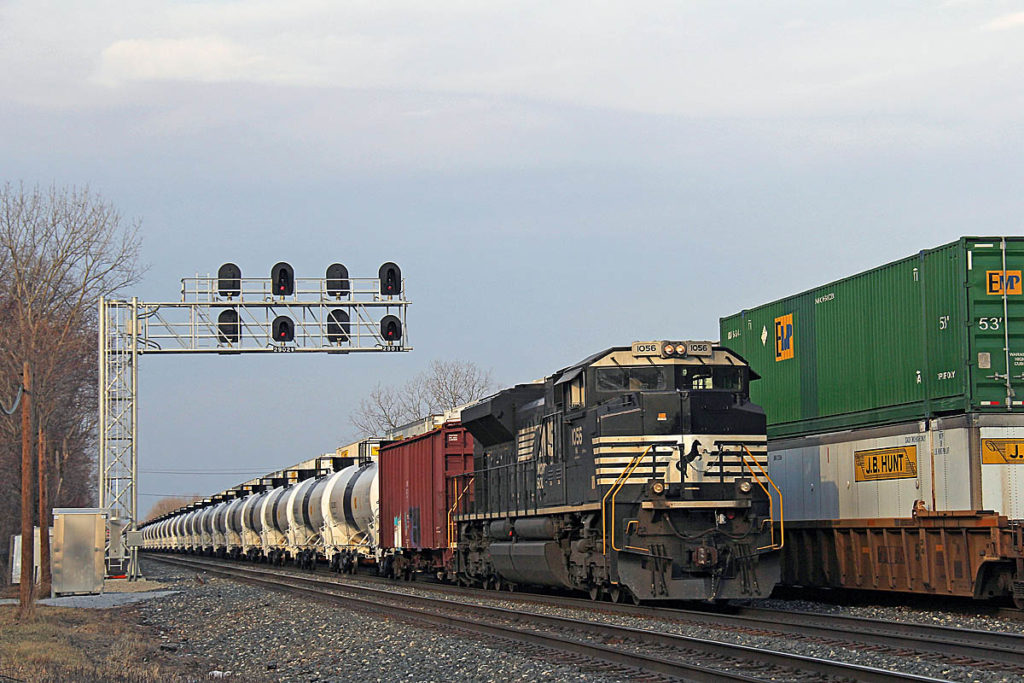
A Norfolk Southern SD70ACe pushes on an empty crude oil train in Toledo, Ohio, in March 2013. Michael D. Harding Q Watching passing freight trains, I’ve seen a locomotive located in the middle or at the end of the train. Are these pusher locomotives being run by remote control by the engineer in the lead […]
Read More…
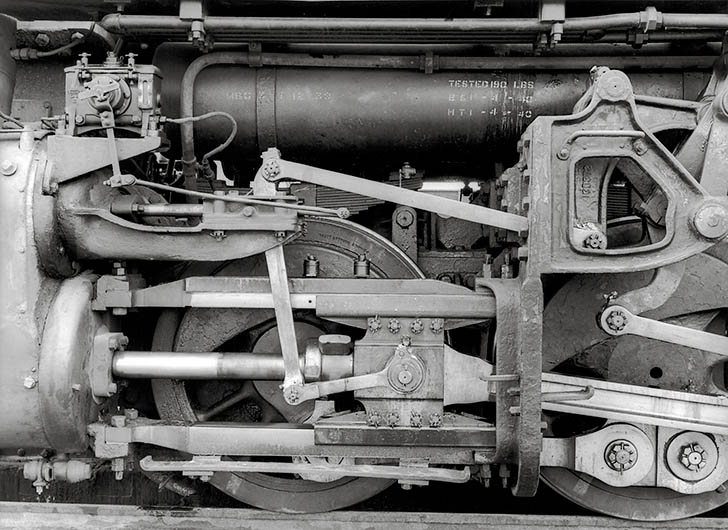
A conventional two-cylinder locomotive like this one exhausts four times per wheel revolution. This is thanks to the position of the valves. Library of Congress Q At low speed, the four “chuffs” a steam engine makes per wheel rotation all sound the same to me, but at higher speed I think I hear a four-beat […]
Read More…

A water tank on the Pacific Coast Railroad in Washington displays discoloration brought by impurities in the local water. Al Farrow photo, Martin E. Hansen collection Q Did steam locomotive operators test the water prior to filling the tender? Was water treated then or prior to filling the tank? Without treatment would there have been […]
Read More…
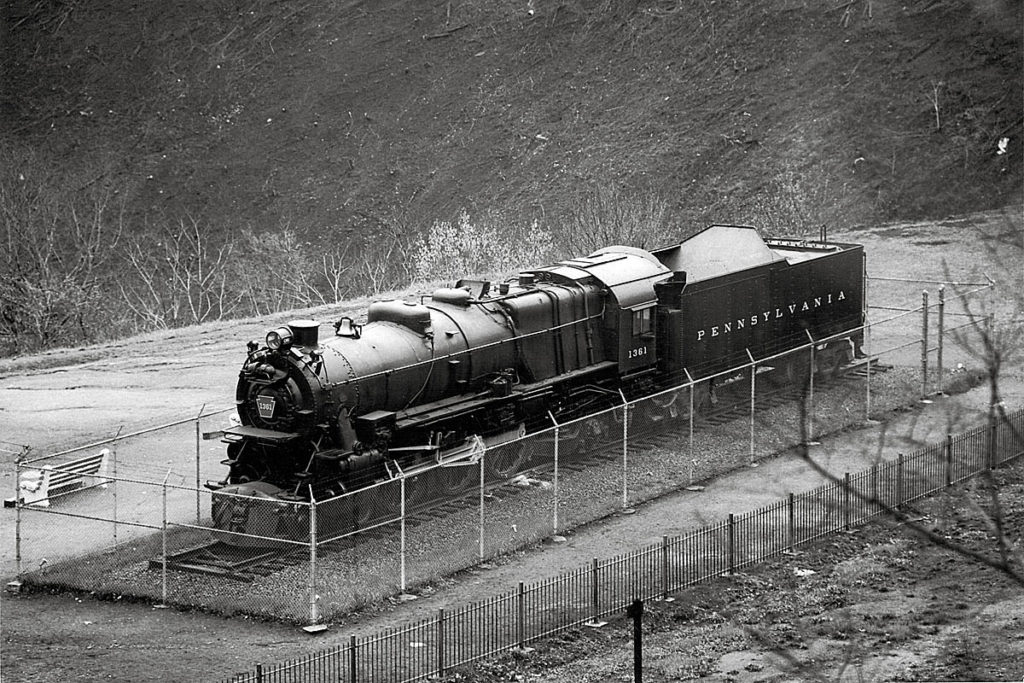
Pennsylvania Railroad donated K4s No. 1361 to the city of Altoona, Pa., on June 8, 1957, shortly before this photo was taken. J.J. Young Jr. Q Why was Pennsylvania K4s No. 1361 returned to Altoona, Pa., for display instead of being restored to service? – Joseph Reihing, Elizabeth, N.J. A Although the 4-6-2 is in […]
Read More…
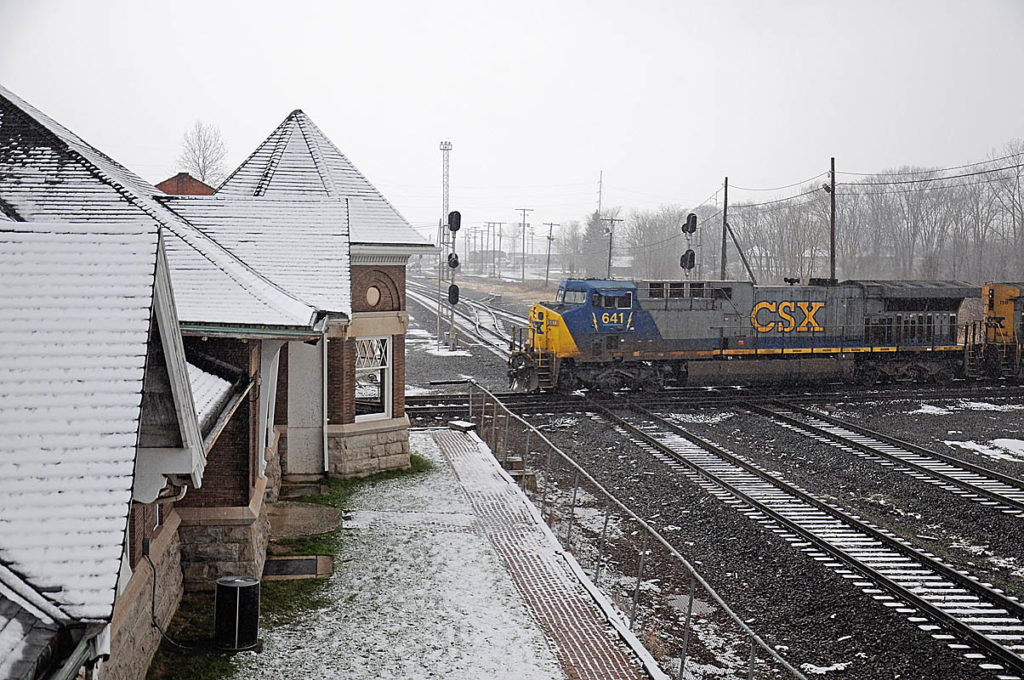
A CSX Transportation freight passes Marion (Ohio) Union Station. The site is now a museum with a restored interlocking tower. Brian Schmidt Q Why is the word “Union” used so often in the names of passenger stations and terminals? For example, Cincinnati Union Terminal, St. Louis Union Station, or Denver Union Station. Is there a […]
Read More…
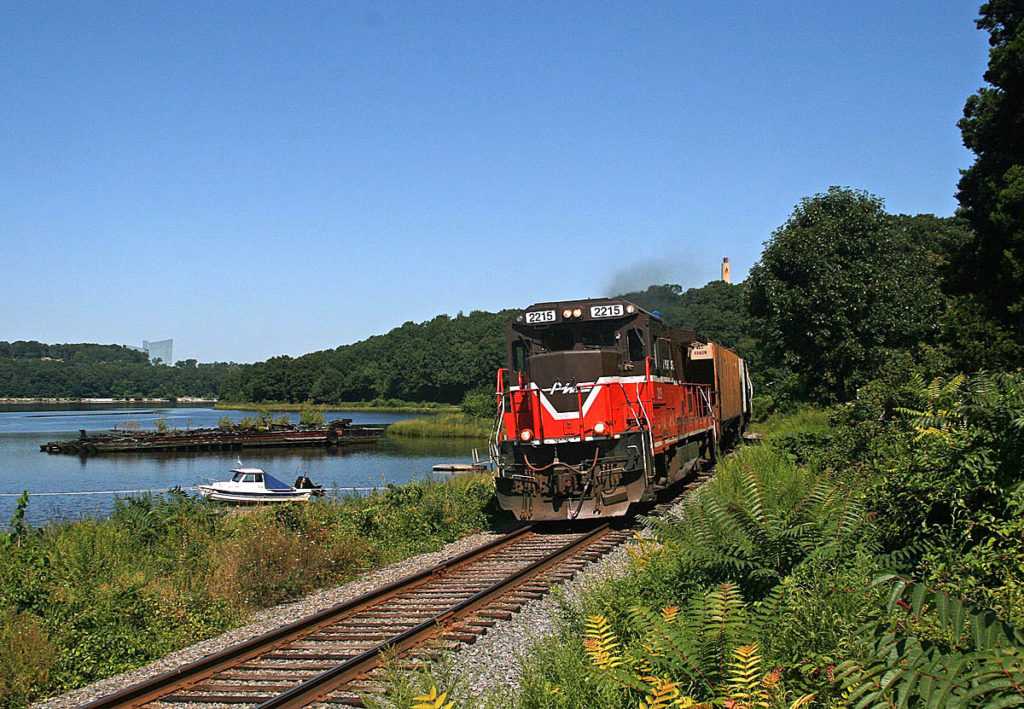
The Providence & Worcester operates in four Northeastern states. Here, train NR3 passes the Thames River in Preston, Conn., on Sept. 1, 2009. Robert A. LaMay Q I was watching a professional golf tournament being played in Cromwell, Conn., just south of Hartford. Who owns the rail line that passes between the 13th hole and […]
Read More…
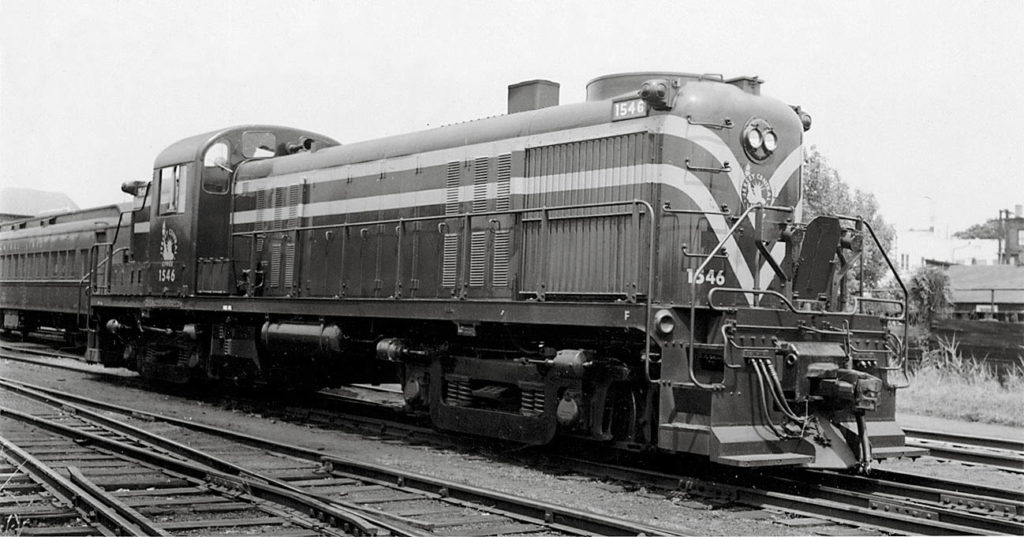
Although this CNJ RS3 had dual engineer controls, the “F” defines the leading end for hand or radio signals. Bert Pennypacker Q When diesels replaced steam locomotives, early cab units had snub noses with good front visibility for the engineer. When hood units appeared, some railroads set them up to run short hood forward and […]
Read More…
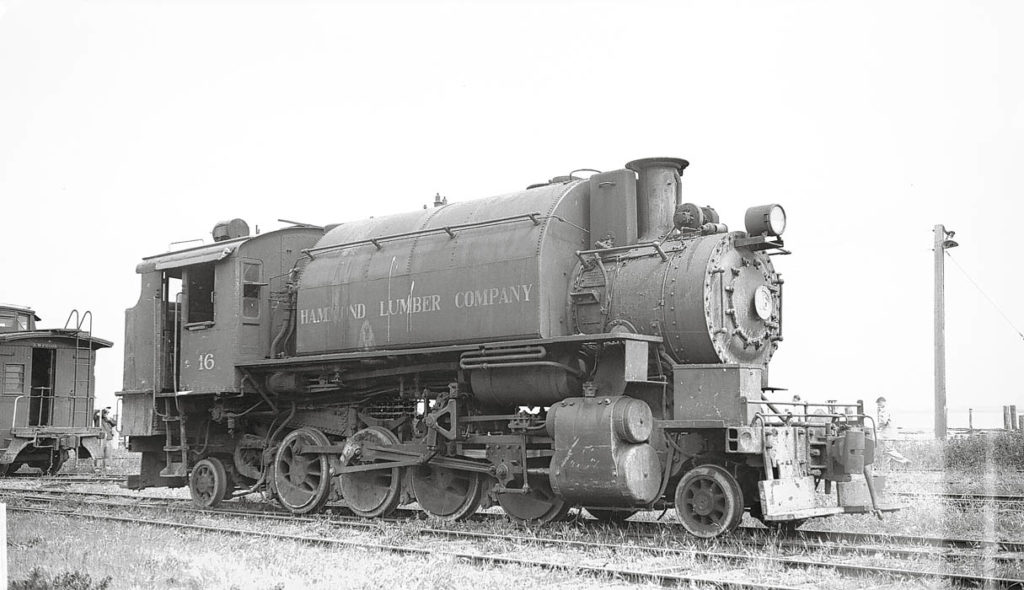
Hammond Lumber Co. 2-8-2T No. 16 displays an extended smokebox in this undated photo. The seam is just ahead of the smokestack. Martin E. Hansen collection Q I am unable to identify any particular pattern for when a smokebox is short or when it is long. I do note, in most cases, that when the […]
Read More…

This bright red caboose and its sister, No. 101, escort special rail loads and are owned by PHN LLC. Timothy J. O’Malley Q Last year I saw a caboose on the tail end of a BNSF Railway train with PHNX reporting marks. Is it escorting the three hopper cars in front of it? Who owns […]
Read More…
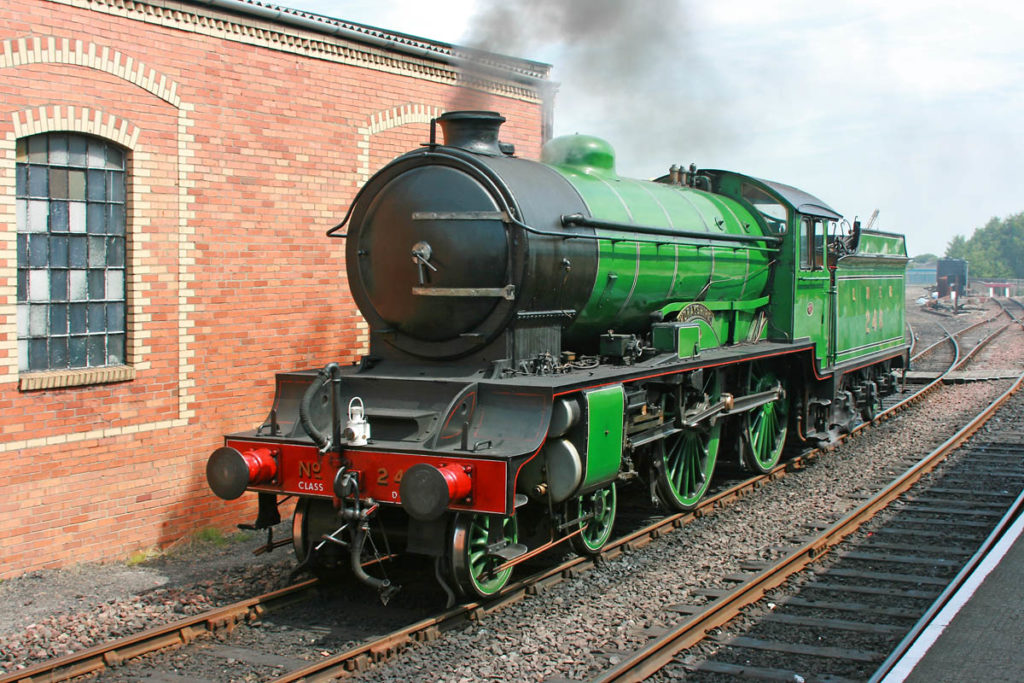
A former London & North Eastern Class D49 4-4-0 displays the British-style method of securing the smokebox door and using buffers with couplers. Kenneth G. Williamson Q Why did British steam locomotives use a center-locking device on the smokebox and buffers with link and chain for car coupling? How did U.S. railroads do it differently? […]
Read More…
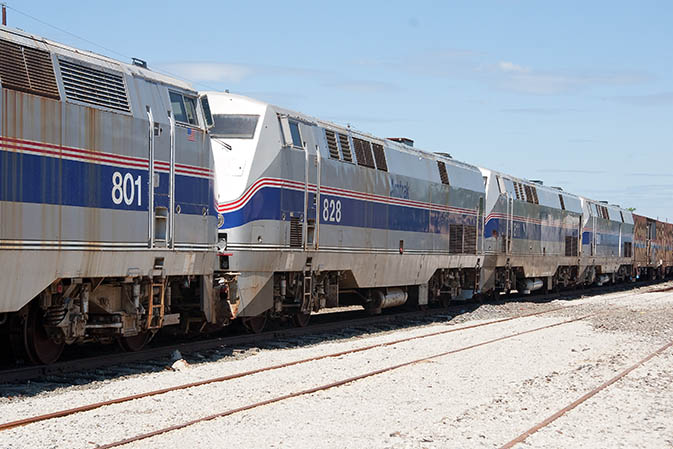
Amtrak P40s that didn’t make the first cut for rebuilding wait their turn in Bear, Del., on June 7, 2010. Bob Johnston Q Whatever became of Amtrak’s P40s? They were numbered in the 800 series and looked very similar to the P42s in service today. What’s the difference between them? Does Amtrak still have any […]
Read More…












